Corn Cookies
Your folders
Your folders
Servings: 14
Author : Cooking Channel

Ingredients
Export 7 ingredients for grocery delivery
Instructions
Step 1
Combine the butter and sugar in the bowl of a stand mixer fitted with the paddle attachment and cream together on medium-high for 2 to 3 minutes. Scrape down the sides of the bowl, add the egg, and beat for 7 to 8 minutes.
Step 2
Reduce the mixer speed to low and add the flour, corn flour, corn powder, baking powder, baking soda, and salt. Mix just until the dough comes together, no longer than 1 minute. Scrape down the sides of the bowl.
Step 3
Using a 2-ounce ice cream scoop (or a 13-cup measure), portion out the dough onto a parchment-lined sheet pan. Pat the tops of the cookie dough domes flat. Wrap the sheet pan tightly in plastic wrap and refrigerate for at least 1 hour, or up to 1 week. Do not bake your cookies from room temperature- they will not bake properly.
Step 4
Heat the oven to 350 degrees F.
Step 5
Arrange the chilled dough a minimum of 4 inches apart on parchment- or Silpat-lined sheet pans. Bake for 18 minutes. The cookies will puff, crackle, and spread. After 18 minutes, they should be faintly browned on the edges yet still bright yellow in the center; give them an extra minute if not.
Step 6
Cool the cookies completely on the sheet pans before transferring to a plate or to an airtight container for storage. At room temp, the cookies will keep fresh for 5 days; in the freezer, they will keep for 1 month.
Step 7
The Ten Minute Creaming Process Or Why Milk Bar Cookies Are So Damn Good:
Step 8
In order to achieve the improbable crispy-on-the-outside, fudgy-and-slightly-underbaked-in-the-center defining texture of a Milk Bar cookie ¿ defying science and gravity ¿ a serious creaming process is required. I will go so far as to say it is the most important step in making a Milk Bar cookie. Mixing the cookie dough is the first thing any of our cooks learn how to do. Everyone thinks they know how to mix a cookie, but I disagree. The basics are as follows: Use a stand mixer with the paddle attachment. Make sure both the bowl and paddle are at room temperature (not hot out of the dishwasher or dishwater). Use room-temperature butter (65 degrees to 70 degrees F). Butter that's too warm will make butter soup; butter that's too cold will take twice as long to cream properly. Beat the butter and sugar(s) together on medium-high for 2 to 3 minutes. (If the recipe calls for glucose, add it with the butter and sugar.) This dissolves the sugar while incorporating small pockets of air into the mixture. The air pockets develop as the sugar granules cut into the butter. This creaming process seals the hard-body bond between your butter and sugar. Use either cold or room-temperature eggs; room-temperature ones will incorporate more quickly. Add the eggs one by one, waiting for each one to be incorporated before adding the next. Then paddle on high for 7 to 8 minutes. The eggs help to strengthen and emulsify the bond. If the recipe calls for vanilla extract, add it with the eggs. If the butter ever begins to separate or turn into soup on you, throw everything into the fridge for 5 minutes, let the butter firm up, and try again. You can think of this process in terms of how a croissant bakes. Butter is made up of fat, milk solids, and water. As a croissant bakes, the water content in the butter steams the delicate layers of the croissant apart, creating air pockets and a flaky dough. Without the bond between the butter and the flour, there would be no structure to hold the dough around the air pockets. So works the bond between butter and sugar in the creaming process. The eggs are the insurance for the butter-sugar bond. In the oven, the butter-sugar bond rises and crisps up, rendering the outside of your cookie delicately crunchy in texture. But if creaming is not executed properly, unbound sugars bake into a dense, sandy cookie, where excess butter without a bond and without a home seeps out onto your pan instead of baking into your cookie. Signs things are going right:
Step 9
- The butter mixture is a very pale yellow (with a hint of brown if brown sugar is in the mix).
Step 10
- The mixture has doubled in size and looks like a cloud: puffy and voluminous, with soft peaks.
Step 11
- The mixture is slightly shiny and homogenous, with just a little grit from the sugar crystals.
Step 12
Take this process seriously. Magic doesn't just bake itself in an oven. You can certainly make delicious cookies even without a mixer, melting the butter and mixing the dough with a wooden spoon. But not these cookies.
Top similar recipes
Curated for youYour folders
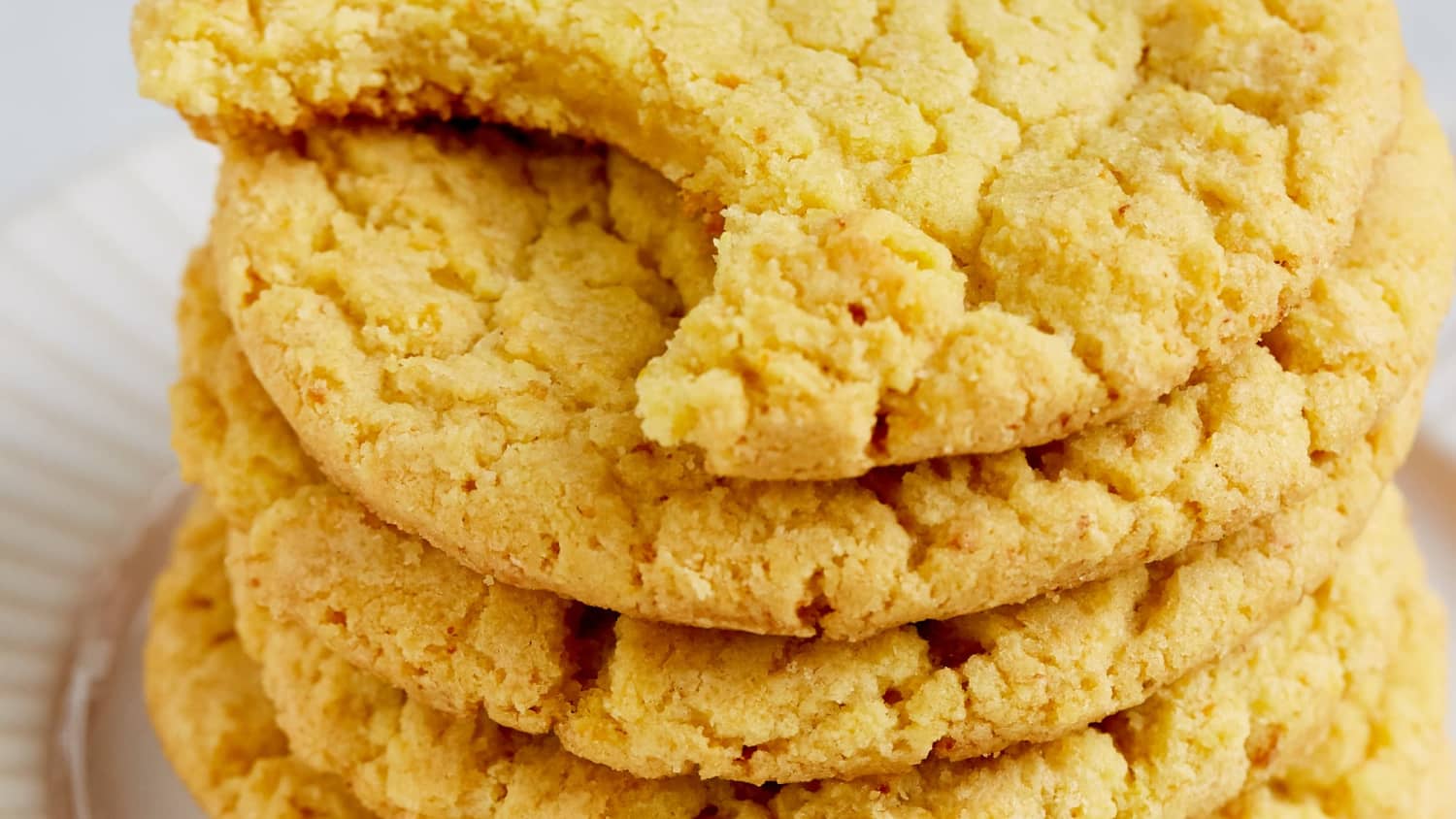
 514 views
514 viewsCorn Cookies
thekitchn.com
4.5
(17)
Your folders

 189 views
189 viewsCorn Lime Cookies
noblepig.com
Your folders
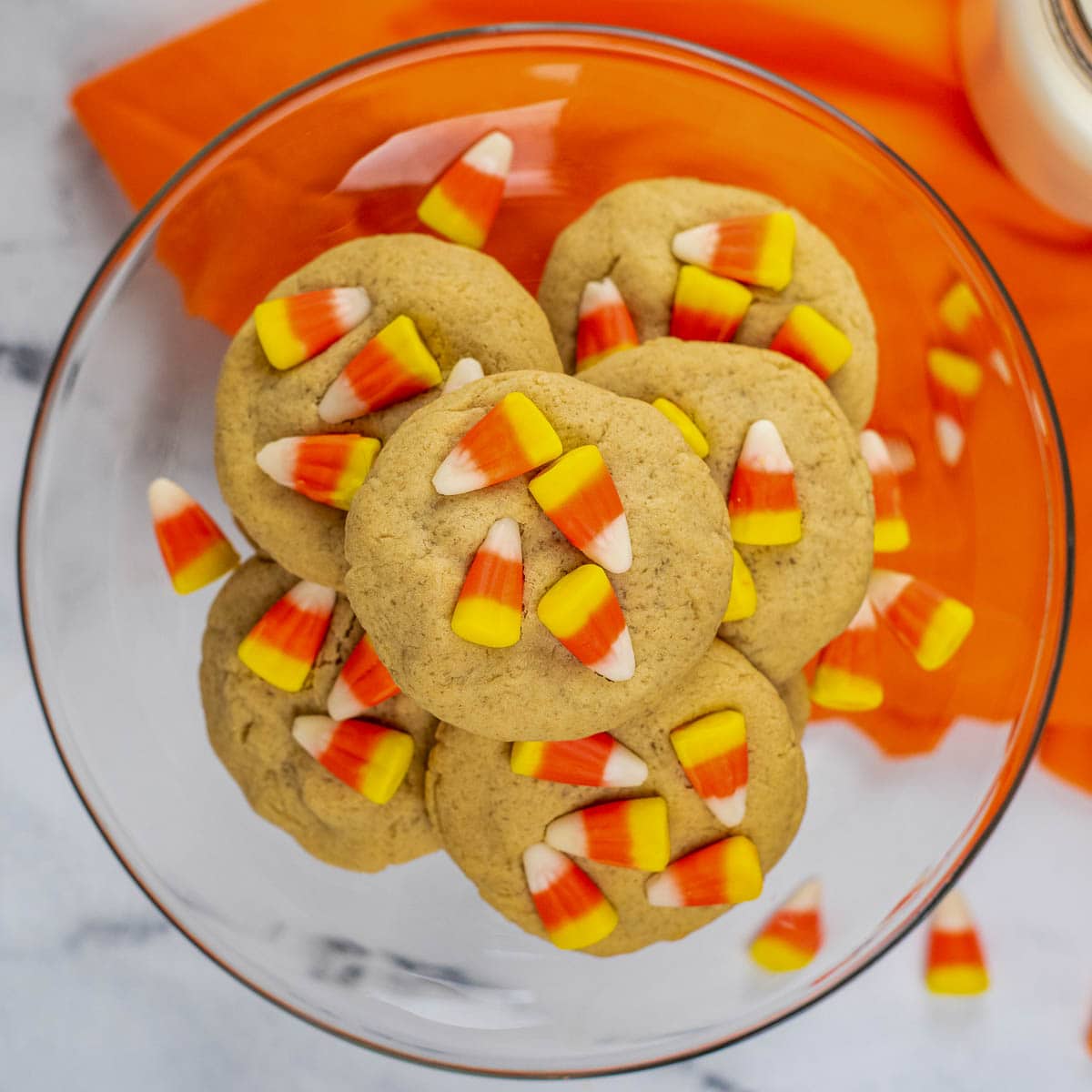
 193 views
193 viewsCandy Corn Cookies Recipe
upstateramblings.com
4.8
(4)
10 minutes
Your folders

 195 views
195 viewsCoricos (Mexican Corn Cookies)
maricruzavalos.com
4.6
(5)
15 minutes
Your folders

 241 views
241 viewsMilk Bar Corn Cookies
washingtonpost.com
3.8
(5)
Your folders
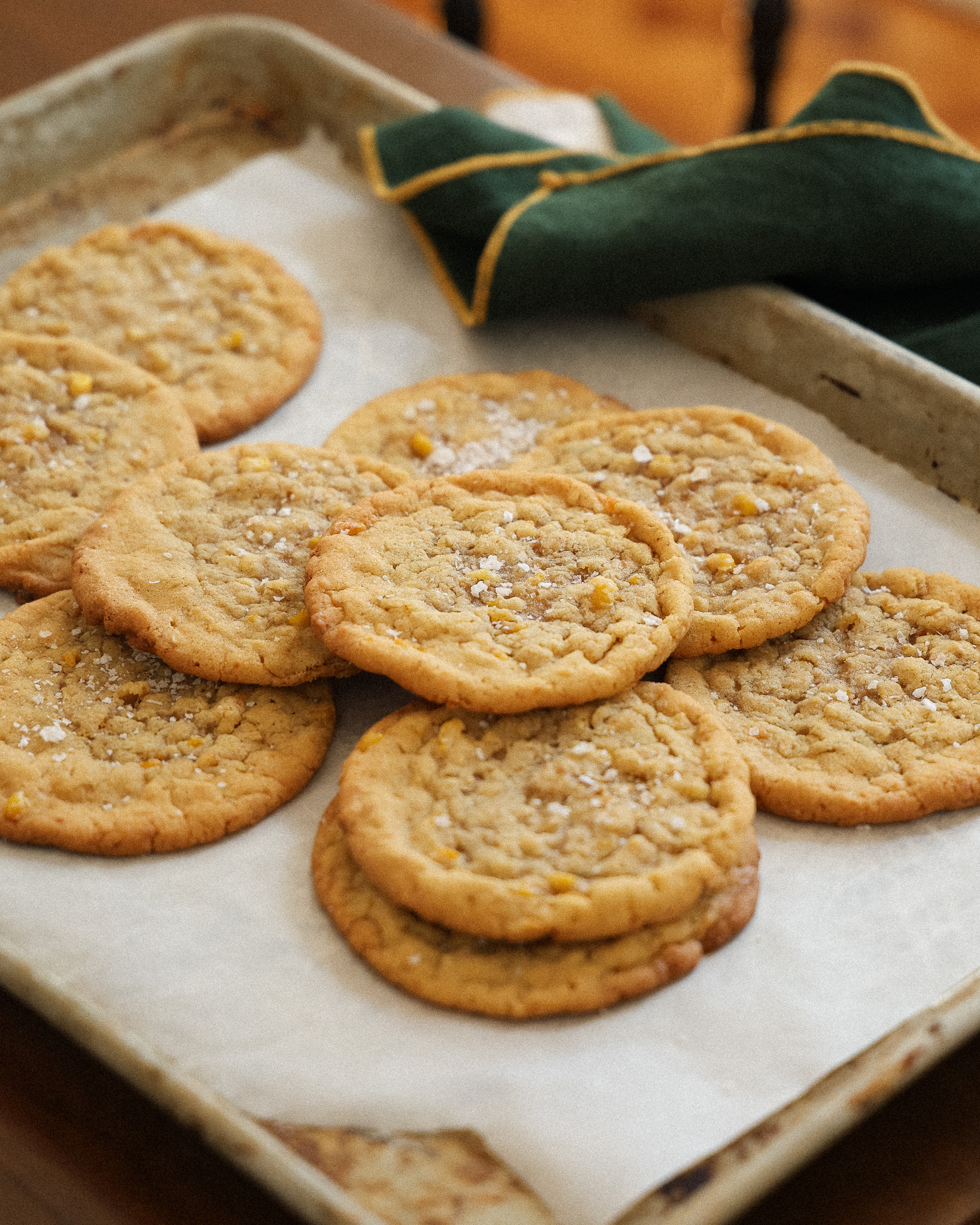
 70 views
70 viewsButter Oat Corn Cookies
justinesnacks.com
4.8
(6)
15 minutes
Your folders
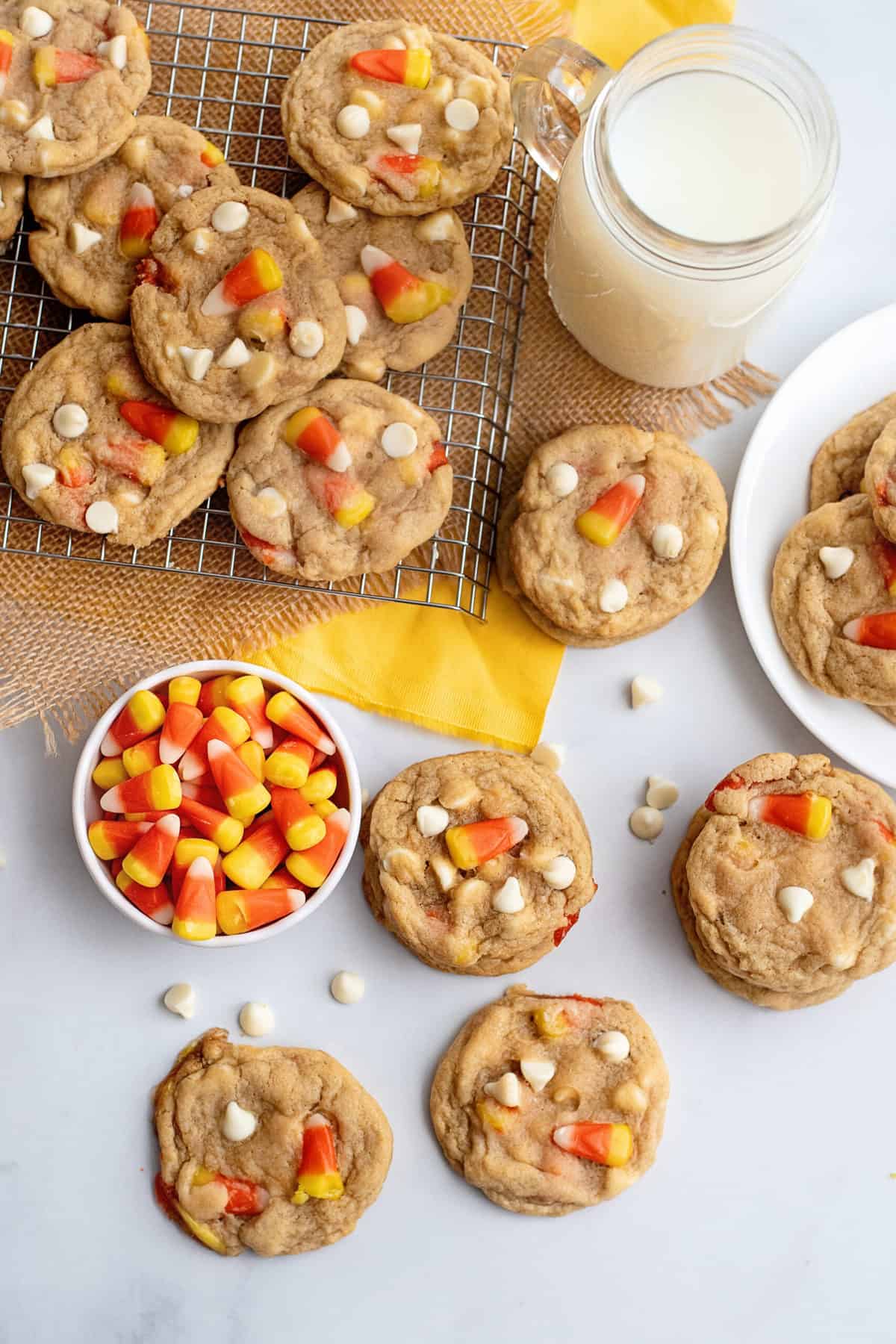
 285 views
285 viewsWhite Chocolate Candy Corn Cookies
southernplate.com
Your folders

 90 views
90 viewsVegan Milk Bar Corn Cookies
labelessnutrition.com
5.0
(1)
15 minutes
Your folders

 361 views
361 viewsButtery Gluten-Free Corn Cookies Re...
seriouseats.com
5.0
(1)
Your folders
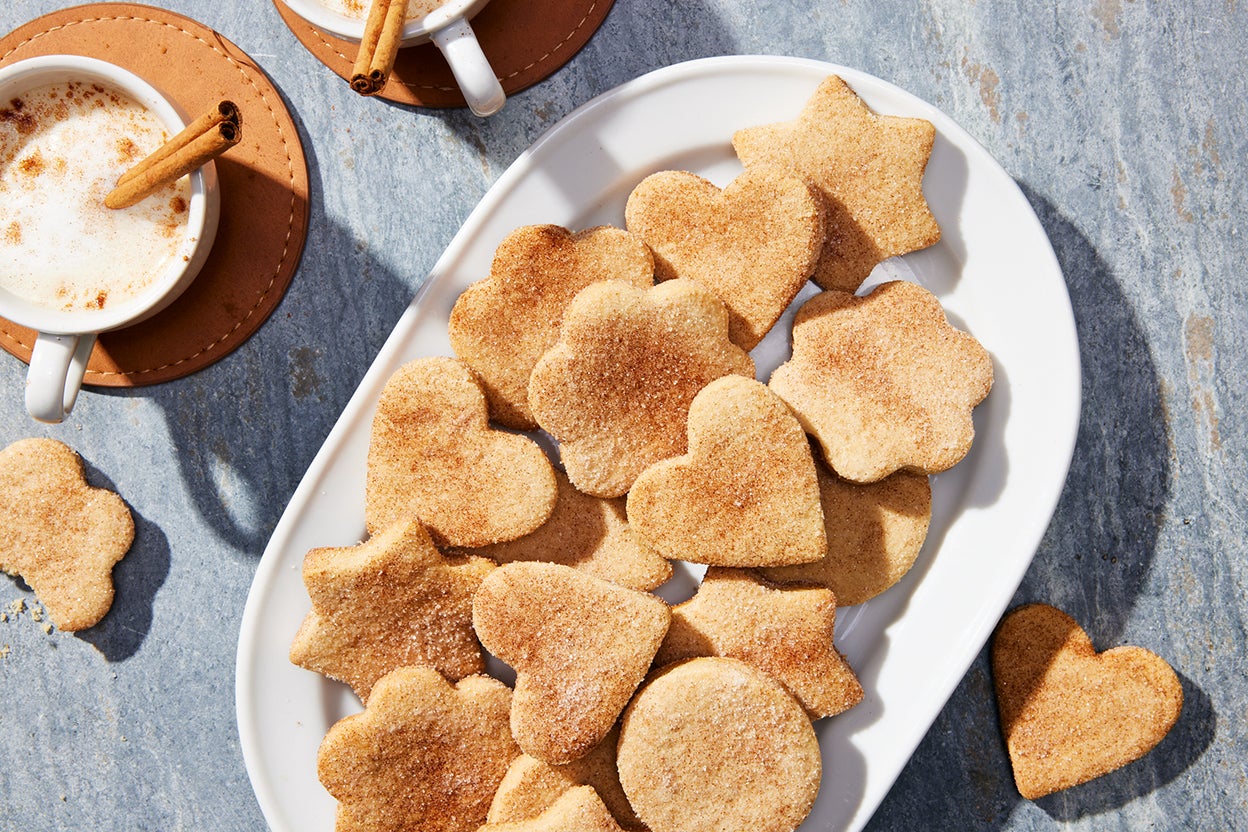
 276 views
276 viewsHojarascas (Cinnamon and Sugar Corn...
kingarthurbaking.com
4.5
(2)
20 minutes
Your folders

 189 views
189 viewsGrama's Corn Flake Peanut Butter Co...
allrecipes.com
4.7
(76)
5 minutes
Your folders
/__opt__aboutcom__coeus__resources__content_migration__serious_eats__seriouseats.com__recipes__images__2014__08__20140821-GlutenFree-Corn-Cookies-Elizabeth-Barbone-ad43d95b8d9e4fe3b81185dfdf19b52e.jpg)
 238 views
238 viewsButtery Gluten-Free Corn Cookies Re...
seriouseats.com
Your folders

 279 views
279 viewsChocolate Chip, Bacon and Caramel C...
foodnetwork.com
3.2
(12)
30 minutes
Your folders
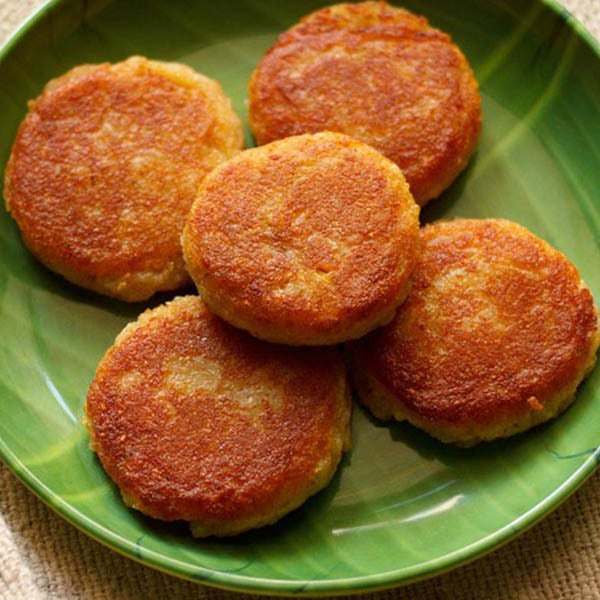
 259 views
259 viewsCorn Cutlet | Corn Patties | Corn T...
vegrecipesofindia.com
4.9
(15)
30 minutes
Your folders
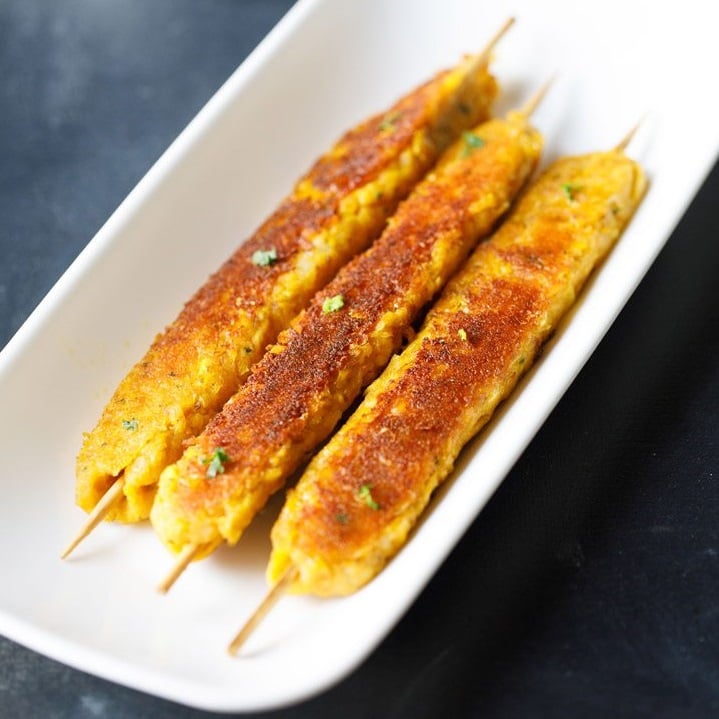
 319 views
319 viewsCorn Kebab | Corn Kabab
vegrecipesofindia.com
4.6
(5)
20 minutes
Your folders
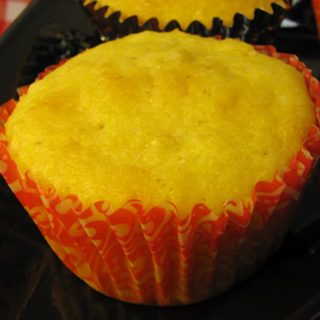
 238 views
238 viewsCreamed Corn Corn Muffins
whoneedsacape.com
4.4
(150)
30 minutes
Your folders
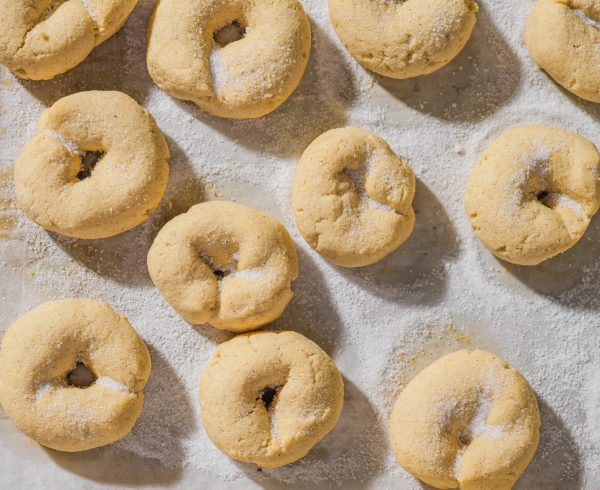
 1576 views
1576 viewsCorn and Cinnamon Butter Cookies (G...
177milkstreet.com
40 minutes
Your folders
 248 views
248 viewsCorn Ribs with Corn Ketchup
foodnetwork.com
1 hours
Your folders
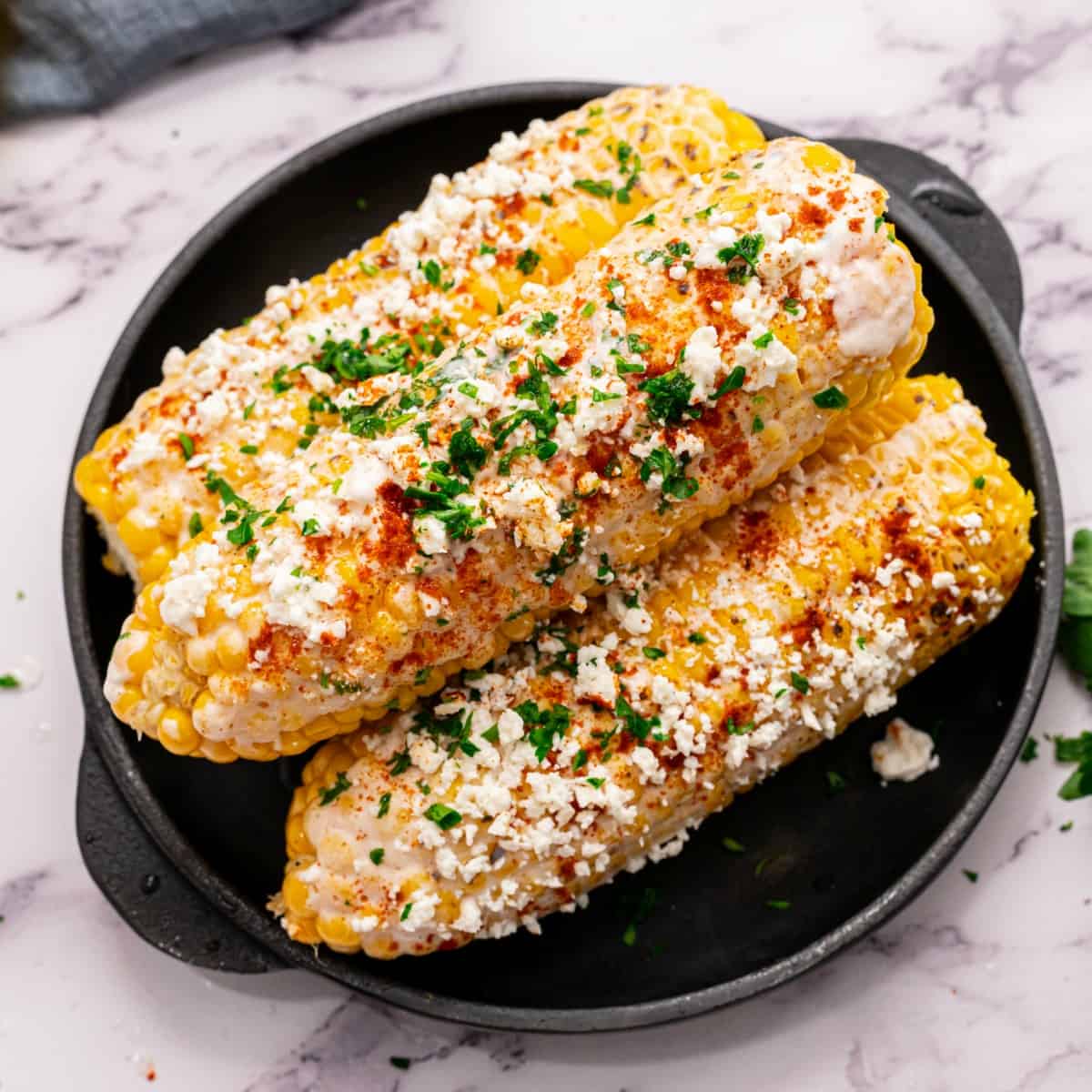
 408 views
408 viewsElote Corn (Mexican Street Corn)
princesspinkygirl.com
4.9
(30)
20 minutes